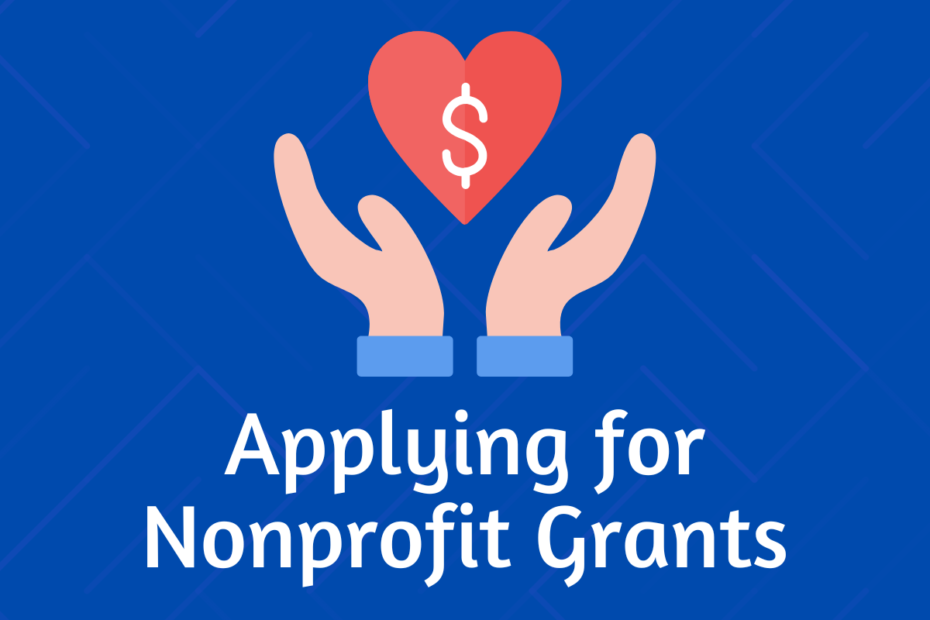Finding and securing grants for a nonprofit organization can be transformative, providing essential resources to further missions and impact. Here, we provide an extensive guide on how nonprofits can find and apply for available grants effectively.
Understanding Nonprofit Grants
Grants are financial resources provided by government agencies, private foundations, and corporations to support nonprofit projects. These funds do not need to be repaid and are available for various causes, from education to healthcare, environment, and more.
Types of Grants
- Government Grants – Federal, state, and local governments offer grants for specific causes.
- Foundation Grants – Many private foundations focus on specific issues, such as poverty or education.
- Corporate Grants – Businesses often fund community initiatives or provide sponsorships for nonprofit events.
How to Find Available Grants for Your Nonprofit
1. Research Government Grant Databases
- Grants.gov: The official U.S. government site offers a comprehensive database of federal grants.
- State and Local Government Sites: These can provide information on regional opportunities that may not be listed on federal sites.
2. Utilize Foundation Grant Resources
- Foundation Directory Online: A subscription service by Candid that helps locate foundation grants.
- Guidestar: Provides access to nonprofit data, including foundations that offer grants.
3. Explore Corporate Grants and Sponsorships
- Corporate Social Responsibility (CSR) Programs: Many corporations have CSR divisions that focus on philanthropy.
- Community Engagement Initiatives: Local businesses often provide sponsorships for community-based projects.
Key Steps to Successfully Applying for Grants
1. Determine Your Eligibility
- Each grant has eligibility criteria, such as specific cause areas, geographic focus, or financial needs.
- Review all criteria carefully to ensure your organization qualifies before applying.
2. Prepare Necessary Documentation
- Mission Statement: Clearly define your nonprofit’s purpose and objectives.
- Financial Statements: Many grants require transparent financial reporting.
- Impact Metrics: Show past results and future goals.
3. Write a Compelling Grant Proposal
- Cover Letter: Briefly introduce your organization and the project.
- Statement of Need: Explain the problem your project addresses and why it’s urgent.
- Project Goals and Objectives: Describe what your nonprofit aims to accomplish.
- Detailed Budget: Provide a clear outline of how the funds will be used.
4. Follow Application Guidelines Carefully
- Adhere to word limits, submission formats, and deadlines. Missing these can disqualify your application.
5. Build Relationships with Grant Providers
- Establishing connections can help strengthen your application and open doors to future opportunities.
Common Mistakes to Avoid When Applying for Grants
- Lack of Clarity in Project Goals: Clearly define your objectives.
- Insufficient Evidence of Impact: Use measurable data to support your nonprofit’s impact.
- Inaccurate Budgeting: Provide a transparent budget plan.
- Ignoring Grant Requirements: Always review and follow guidelines closely.
Leveraging Grant Management Tools
Grant management software can streamline your search and application process. Common tools include:
- Foundant: Provides tools for tracking grant applications.
- GrantHub: Allows for project management and collaboration on grant applications.
- Instrumentl: Offers comprehensive grant discovery and tracking capabilities.
Conclusion
Securing grants can significantly boost a nonprofit’s ability to create change. With research, thorough preparation, and dedication, your organization can find the right grants, make compelling applications, and build lasting relationships with funders.
